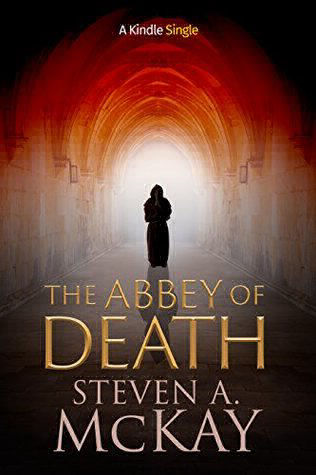Medieval history and folklore
AWW: What were the most surprising things you discovered when you researched both the Robin Hood legend and medieval history?
SAM: Well, I was really surprised to learn just how deeply rooted in folklore Robin Hood is. There’s elements of the Green Man, paganism, rebirth…all sorts of things that most people have no idea are entwined into the legend.
Perhaps most surprising to me was the fact the very first ballads took place not in Nottingham or Sherwood, but in Barnsdale Forest in Yorkshire! For all these years the legend has been associated with Sherwood which is fair enough because, as I showed in my books, the gangs must have travelled around a bit, but Yorkshire has just as much of a claim to Robin Hood.
AWW: One of the things I really enjoyed about your books was the relationship between the outlaws and Wakefield. Even though the Merry Men have friendly relations with villages in other version of the legend, the Forest Lord series depicts a greater sense of dependence. Is this something that came from your research of medieval outlaws, and what is your impression of the relationship between outlaws and society?
SAM: I think it would be impossible to live as an outlaw in medieval England without help from people in the villages. You couldn’t bake your own bread, forge your own arrowheads, make your own shoes etc so you’d NEED to have a relationship with the people in the towns and villages around you. I think it depends on what crime has been committed how society views an outlaw. In my books Robin and his friends are, for the most part, victims of the unjust medieval laws and those who enforced them. My research did show that sheriffs and bailiffs were commonly abusing their position – jailing people on trumped up charges simply so they could force the hapless captor to pay for their release for example. That sort of thing happened a lot. So of course, the people in the villages would be happy to help men who’d been wronged by the system – to this day people love to get one over on hated authority figures!
AWW: What was your process in adapting the original ballads into your own tales?
SAM: I knew I had to keep certain elements of the stories. The characters for example, had to be close to those everyone knows – Little John was to be a friendly giant, Tuck a portly chap who likes his meat and ale, Robin a seeker of justice with a more than a hint of steel etc. Also, the golden arrow that Hood wins, the knight, Sir Richard-at-Lee that helps the gang and, of course, the end, where our hero dies…
So I had all those much-loved elements as a sort of framework and I just came up with my own ideas to flesh the whole thing out. Right at the beginning, my editor read the first draft of Wolf’s Head and said to me, “What’s the point of it though? What’s Robin’s motivation?” so from then on it kind of became his quest to win pardons for them all, so they could live as free men again.
Whether he actually dies in the end, you’ll need to read the books to find out!





Contact Us